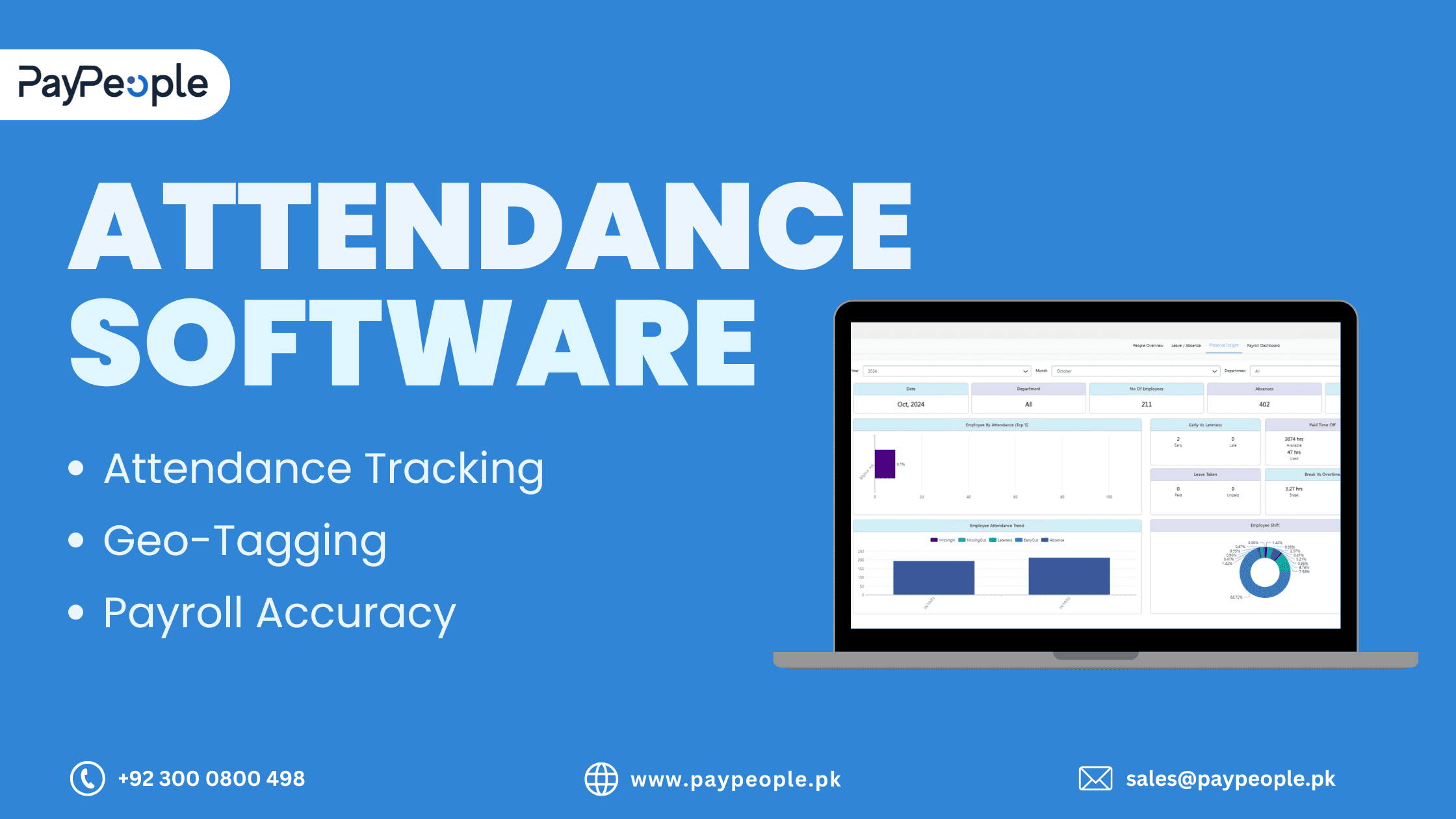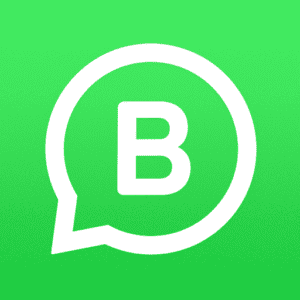
In today’s rapidly evolving work environment, managing employee attendance is no longer a simple administrative task. Organizations—both small and large—face increasing pressure to ensure operational efficiency, maintain compliance, and reduce overhead costs. Traditional methods such as manual time tracking, paper-based attendance sheets, or standalone punch cards are not only outdated but prone to errors, time theft, and inefficiencies. In contrast, modern attendance software offers a transformative solution that enables HR departments to move from chaos to control.
Attendance management plays a critical role in workforce administration. It directly affects payroll accuracy, productivity assessments, compliance with labor laws, and resource planning. When handled inefficiently, it can lead to payroll discrepancies, low morale, legal complications, and reduced organizational performance. For HR professionals, the challenge lies in ensuring reliable time tracking across multiple departments, locations, and employee types—whether full-time, part-time, remote, or on contractual terms.
This complexity necessitates a digital approach. Attendance software systems offer real-time tracking, error reduction, and seamless integration with other HR functions such as payroll, performance evaluation, and leave management. These tools serve as a central hub for monitoring employee availability, work hours, absenteeism trends, and more.
Modern attendance software solutions are equipped with features that not only automate attendance tracking but also enhance strategic HR planning. Here are some of the most impactful capabilities:
Biometric and Face Recognition Integration:
By using biometric scanners or facial recognition technology, attendance systems eliminate buddy punching and unauthorized entries. This ensures accurate data collection and improves trust in timekeeping mechanisms.
Cloud-Based Access:
Cloud-enabled attendance platforms allow HR teams to access real-time data from any location. This is particularly valuable for companies with multiple offices or remote teams, facilitating consistent tracking and centralized control.
Mobile Attendance with Geo-Fencing:
Many attendance apps enable employees to check in or out via their smartphones. Geo-fencing ensures that attendance is only recorded within designated work zones, adding an additional layer of location-based verification.
Real-Time Dashboards and Alerts:
Attendance software provides HR with dynamic dashboards displaying employee presence, late arrivals, and absenteeism. Automated alerts help identify irregular patterns or potential compliance violations early on.
Integration with Payroll Systems:
Accurate attendance data is crucial for timely and correct payroll processing. Integration ensures that only verified work hours are considered, reducing payroll errors and disputes.
Custom Shift and Schedule Management:
HR managers can create, modify, and assign shift schedules with ease. Automated reminders and alerts keep both employees and supervisors informed of shift changes and obligations.
Leave and Overtime Management:
Attendance software can be linked to leave tracking tools, making it easy to manage vacation requests, sick leaves, and compensatory offs. Overtime hours are also automatically calculated based on pre-defined rules.
Adopting attendance software significantly improves core HR functions. Here’s how:
Minimizes Human Error:
Manual data entry is highly susceptible to mistakes. Attendance software automates this process, ensuring accurate time records.
Enhances Workforce Transparency:
Employees have access to their own attendance logs, which increases transparency and accountability across the organization.
Reduces Time Theft and Absenteeism:
With systems like biometric verification and geo-fencing in place, the opportunity for time fraud is greatly reduced. Real-time reporting also helps HR identify and address chronic absenteeism early.
Ensures Labor Law Compliance:
Regulations concerning working hours, rest periods, and overtime vary by region. Attendance software can be configured to monitor compliance automatically, reducing the risk of legal penalties.
Streamlines HR Workflows:
HR professionals no longer need to spend hours reconciling attendance records. Automated reporting, audit trails, and integration with other systems significantly reduce administrative workload.

Beyond operational efficiency, attendance software can act as a strategic enabler in workforce planning. The data it generates provides valuable insights into employee behavior and organizational productivity trends.
Absenteeism Trend Analysis:
Identifying seasonal or department-specific absentee patterns helps HR plan better coverage and implement wellness programs.
Employee Engagement Indicators:
High absenteeism or frequent tardiness can signal deeper engagement or morale issues. Attendance data enables HR to initiate timely interventions.
Workforce Forecasting:
Consistent tracking of time and attendance trends aids in determining staffing needs during peak periods or project-based work.
Performance Management Integration:
Attendance records can be linked to performance management systems, giving supervisors a more holistic view of employee contributions.
Selecting the right attendance software depends on several factors including company size, workforce type, budget, and existing HR infrastructure. Here are a few criteria to consider:
Scalability:
The software should be capable of growing with your business. Ensure it can handle increasing employee numbers and expanding geographic locations.
Ease of Use:
A user-friendly interface encourages employee adoption and reduces the learning curve for HR teams.
Customization Options:
Every business has unique timekeeping rules. Choose software that allows for custom shift rules, holiday settings, and regional compliance features.
Integration Capabilities:
Ensure the software can integrate with your payroll, HRMS, and ERP systems for smooth data exchange.
Security and Data Privacy:
Given the sensitive nature of employee data, opt for a system that complies with data protection standards such as GDPR or local regulations.
Transitioning to a digital attendance system may come with challenges such as employee resistance, data migration, and system training. However, these can be effectively addressed through:
Clear Communication:
Educate employees on the benefits of the new system, including transparency and fairness.
Training and Support:
Provide thorough onboarding and offer technical support to help users adapt quickly.
Pilot Testing:
Run a pilot in one department or location to identify and resolve issues before full-scale implementation.
In an era where agility, precision, and compliance are more crucial than ever, manual attendance tracking is no longer a viable option. Attendance software enables HR departments to shift from reactive problem-solving to proactive workforce management. By automating and streamlining attendance-related processes, organizations gain better visibility, accuracy, and strategic control over their human capital.
From small businesses seeking to professionalize their HR operations to large enterprises managing thousands of employees across locations, attendance software serves as a pivotal tool for transforming attendance chaos into operational clarity and strategic advantage. Investing in the right digital attendance solution is not just a technological upgrade—it is a decisive step toward building a smarter, more agile HR function.
